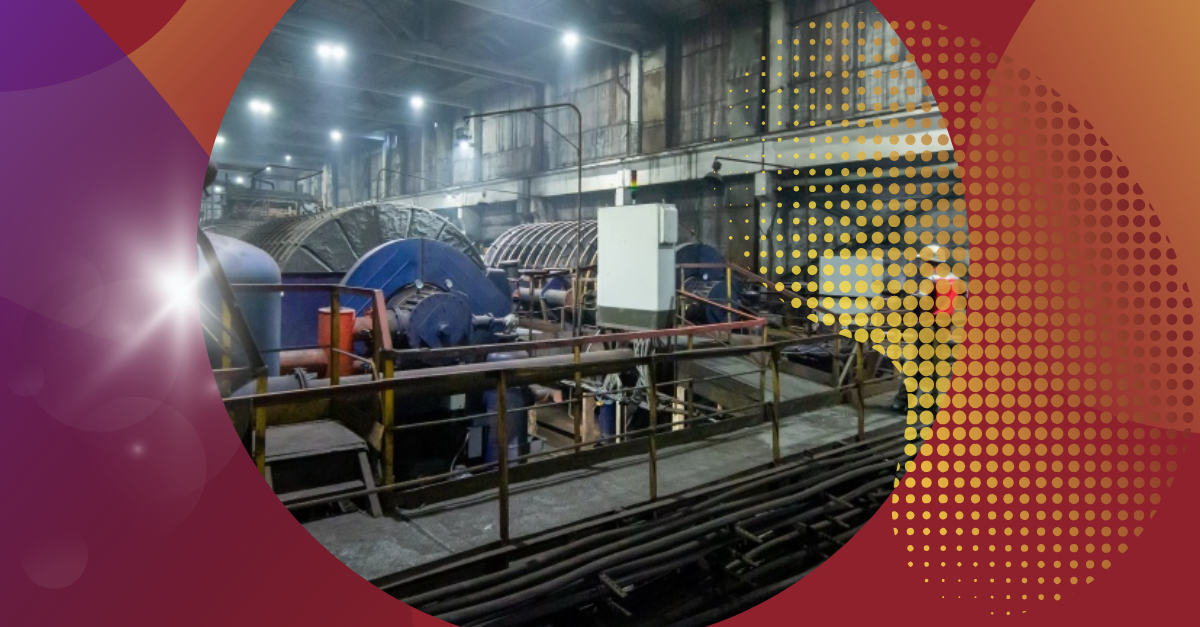Northern GOK, part of Metinvest Group, has ramped up production of commercial products to fulfill orders from European steel manufacturers. The plant has launched a second pelletising machine to handle additional order volumes for European partners. Currently, both LURGI 552 A and LURGI 552 B machines are engaged in pellet production.
The Pelletizing Plant #2 team prepared in advance for the increased production plans approved for the beginning of the year. To ensure equipment reliability, a complex of repair works was carried out on both pelletizing machines in the fall. The LURGI 552 B underwent equipment inspection and quarterly maintenance, including standard procedures to maintain key components. This improved machine reliability, ensured quality indicators were met, and allowed for higher loading today. Repair works were also completed on machine A in the fall, along with a major overhaul of the rotary reclaimer used for finished product loading.
To fulfill European steel makers’ orders on time, the plant decided to launch both pelletizing machines simultaneously, rather than alternating their use as usual. Additional shifts for key workers on weekends and nights were organized to prepare and launch the second machine. This operating mode requires non-standard approaches and significant resources, as both machines need servicing, which is challenging in cold weather and with personnel shortages.
The machines A and B are currently operating at productivities of 463 and 460 tons of high-quality pellets per hour respectively.
Dmitry Malykh, Director of Production and Planning for Metinvest’s GOKs, noted: “The market dictates its rules, and we must maintain the company’s reputation and strengthen its competitiveness. It will be more challenging for Northern GOK teams, especially Pelletizing Plant #2, due to the changed regime. But our people meet such challenges with dignity, aware of their responsibility for the overall result. More production means more earnings and more taxes for the state to direct towards critically important areas during wartime.”

